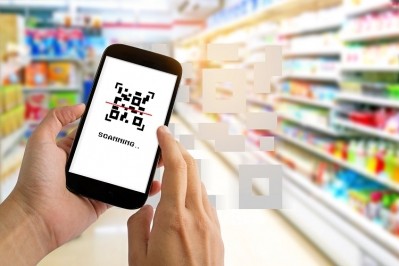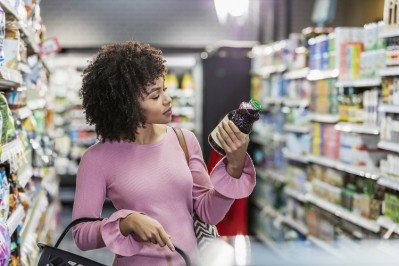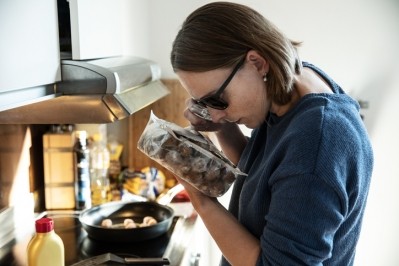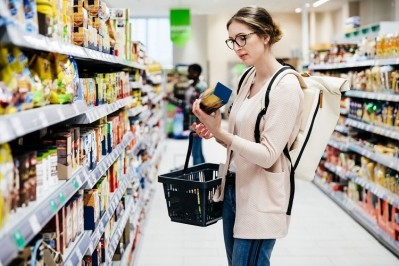Why manufacturers shouldn’t overlook the visual element when aiming to enhance the inclusivity of their products
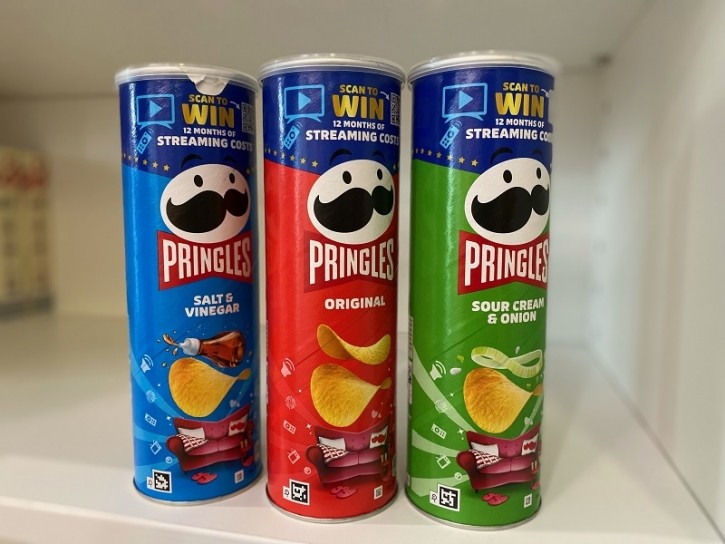
The new packaging, from Spanish company NaviLens, will allow a smartphone to easily detect a unique on-pack code and playback labelling information to the shopper with sight loss. NaviLens will first appear on some Pringles varieties from 1 November in the UK, with the full rollout to be completed by the end of 2024.
The move from Kellanova - the new name for the company that owns Pringles and Kellogg’s - comes after the success of the addition of NaviLens to Kellogg’s brands in 2022, which has appeared on over 750 million cereal boxes.
Many other brands have since followed Kellogg’s lead, with NaviLens technology now appearing on numerous well-known products.
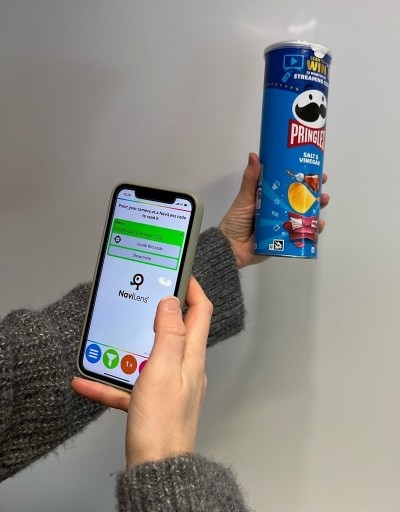
The idea came after the company met with pupils from St Vincent’s in 2019, a specialist school in Liverpool for children with sensory impairment. It was the pupil’s insight that inspired the business to look for solutions to make its packaging more accessible. Important information, such as allergens, can often only be found in small print making it impossible for blind or partially sighted people to read.
This solution came in the form of the NaviLens code, which allows smartphones to pick up the on-pack code from up to three metres distance when a shopper points their device in the direction of the product. The user does not need to know exactly where the code is located to scan it.
When the phone senses the NaviLens code, it is alerted. From here, the shopper can choose to have ingredients, allergen and recycling information read aloud to them – as well as reading it on their device using accessibility tools.
Kellanova’s design director, Pete Matthews, said: “Following the success of adding NaviLens to our cereal packaging last year, we are now really pleased to feature this technology on our iconic Pringles cans. This provides equal access to important information on pack and enables blind and partially sighted people to shop independently for their favourite Pringles flavours.
“We were the first food company in the world to use NaviLens on packaging and have been delighted to see many global brands follow our lead. It continues our movement for inclusive design and helps fulfil our purpose to ‘create a place at the table for everyone’”.
Marc Powell, head of accessibility innovation at the Royal National Institute of Blind People RNIB, said: “Blind and partially sighted people should have the same freedom, independence and choice as sighted consumers. Currently, important information on packaging can often be in very small print, making it difficult or impossible for people with sight loss to read.
“Since we collaborated with Kellogg’s back in October 2020 for World Sight Day with our world’s first pilot of NaviLens packaging, we have seen more brands step up to the mark by including accessible solutions on pack. It’s brilliant when big brands like Kellogg’s reaffirm their commitment to improving accessibility for blind and partially sighted people, and bring about more accessible packaging through the use of NaviLens technology.”
Innovative approaches for introducing inclusive labels
It’s estimated that 1.1 billion people across the globe live with vision loss, limiting how easy it is for them to select, understand, and choose products in the same way as those with full sight – factors that are crucial for making safe and fully informed decisions.
While taste, price, quality and product source are key components for the successful sale of foods and drinks, Jade Collins, Technical Controller at food labelling consultancy Ashbury, stressed why manufacturers shouldn’t overlook the visual element when aiming to enhance the inclusivity of their products.
“Currently there is no specificity around the provision of information for the visually impaired, with Food Information Regulations only stipulating minimum font size requirements and emphasising the importance of including certain mandatory information on packaging to enable consumer choice.” According to the RNIB, however, nine of out of ten people who’re blind or visually impaired find medication or food labels quite difficult or impossible to read.
“Thankfully however, we’re beginning to see significant advancements break through regarding the inclusivity within this market – such asPlus, Kellogg’s is utilising NaviLens technology which means they’re incorporating codes onto some cereal box packaging allowing the user to have the label information read aloud or presented in larger font size on a digital platform.”
The NaviLens technology was first unveiled by Kellogg in 2020 when it rolled out, again in partnership with RNIB, boxes of Coco Pops in almost 60 Co-op stores across the UK fitted with the printed codes. It later added the technology to the packaging of its Kellogg’s Corn Flakes, Special K Original, Rice Krispies and Crispix cereal brands in Europe and the US.
The NaviLens codes have since been used by Coca-Cola, Aunt Bessie’s and Spanish bread brand BIMBO. More tie-ups are set to be announced, the company told FoodNavigator. NaviLens apps can communicate in up to 36 languages, it said, and feature on about five million products globally.
Other technology aims to assist food and beverage buyers. What’s more Co-Op includes Braille on packaging where ‘technically and commercially feasible’. Time and touch-sensitive technology can also help the visually impaired ‘feel’ when a product has spoiled instead of having to rely on use-by labels.
Working alongside these brands, the RNIB is campaigning for products and services to be reimagined with accessibility in mind. Marc Powell added: “Blind and partially sighted people should have the same freedom, independence and choice as sighted consumers. Technology is a game changer in achieving this as it can enable everyone to independently access key information on packaging.”
Collins continued: “As well as these, there are many additional options also available which could be adopted more widely by manufacturers to support visually impaired consumers in accessing information. From Braille, larger fonts, haptics and shapes, to narrative labels, barcode technology and freshness indicators.”
Understandably, introducing new packaging and labelling approaches doesn’t come without challenge, she added. “It’s important for brands and businesses to ensure that by altering or enhancing labels for inclusivity reasons, that they don’t hinder mandatory information which may risk compliance with existing regulations. And changing packaging can be both a timely and costly experience, so manufacturers may be forced to pass this onto consumers, which may not be positively received especially due to the current cost-of-living crisis.
“Innovative technology – and new ways of thinking – are helping more consumers shop independently, avoid the risks associated with (for example) food allergies, and make informed choices about the products they consume. It appears many food manufacturers are already looking at ways in which they can proactively make labels and packaging accessible for all, and this has led to an influx of ideas being introduced or adapted from other industries.
“For those who haven’t yet begun this process, there are certainly many considerations – but ultimately, enabling more people to access your products is a sound (and ethical) business decision which will see you keeping up with the likes of the most forward-thinking brands.”
